Fodil Fadli
Advancing 3D Point Cloud Understanding through Deep Transfer Learning: A Comprehensive Survey
Jul 25, 2024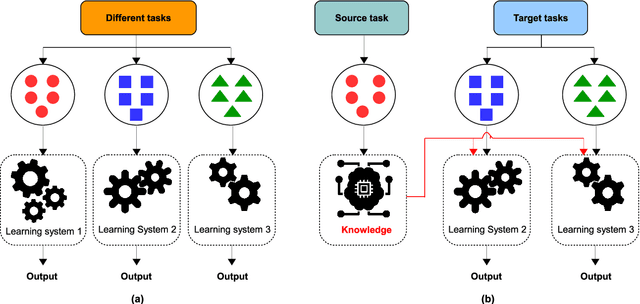
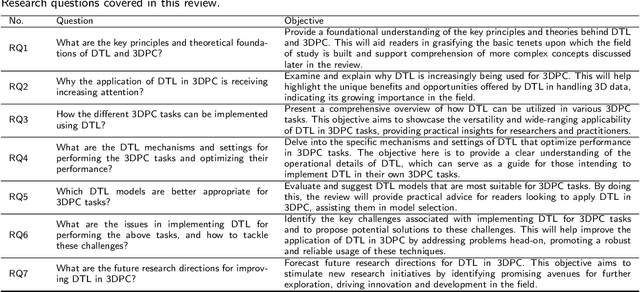
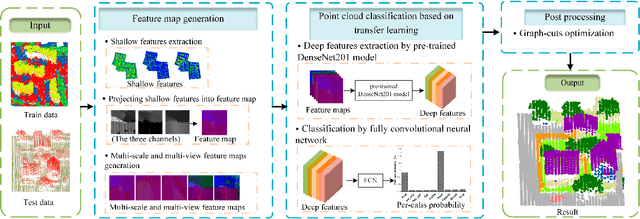
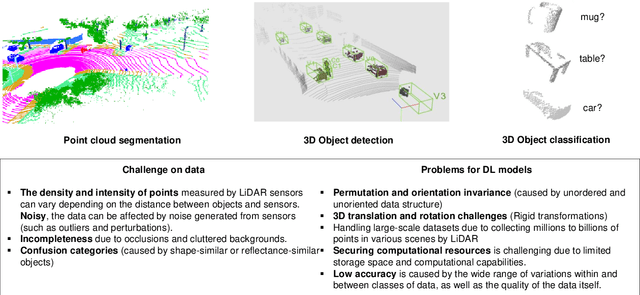
Abstract:The 3D point cloud (3DPC) has significantly evolved and benefited from the advance of deep learning (DL). However, the latter faces various issues, including the lack of data or annotated data, the existence of a significant gap between training data and test data, and the requirement for high computational resources. To that end, deep transfer learning (DTL), which decreases dependency and costs by utilizing knowledge gained from a source data/task in training a target data/task, has been widely investigated. Numerous DTL frameworks have been suggested for aligning point clouds obtained from several scans of the same scene. Additionally, DA, which is a subset of DTL, has been modified to enhance the point cloud data's quality by dealing with noise and missing points. Ultimately, fine-tuning and DA approaches have demonstrated their effectiveness in addressing the distinct difficulties inherent in point cloud data. This paper presents the first review shedding light on this aspect. it provides a comprehensive overview of the latest techniques for understanding 3DPC using DTL and domain adaptation (DA). Accordingly, DTL's background is first presented along with the datasets and evaluation metrics. A well-defined taxonomy is introduced, and detailed comparisons are presented, considering different aspects such as different knowledge transfer strategies, and performance. The paper covers various applications, such as 3DPC object detection, semantic labeling, segmentation, classification, registration, downsampling/upsampling, and denoising. Furthermore, the article discusses the advantages and limitations of the presented frameworks, identifies open challenges, and suggests potential research directions.
Unveiling Hidden Energy Anomalies: Harnessing Deep Learning to Optimize Energy Management in Sports Facilities
Feb 13, 2024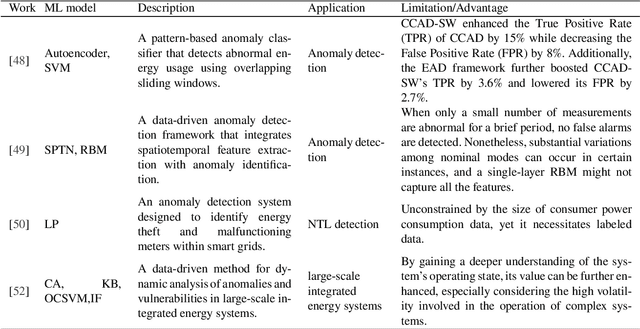


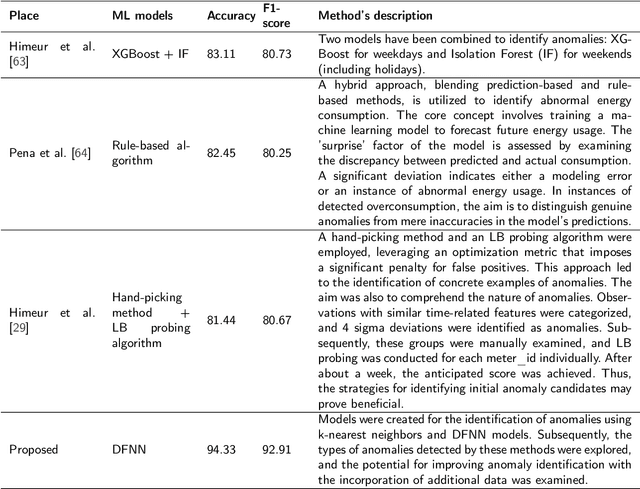
Abstract:Anomaly detection in sport facilities has gained significant attention due to its potential to promote energy saving and optimizing operational efficiency. In this research article, we investigate the role of machine learning, particularly deep learning, in anomaly detection for sport facilities. We explore the challenges and perspectives of utilizing deep learning methods for this task, aiming to address the drawbacks and limitations of conventional approaches. Our proposed approach involves feature extraction from the data collected in sport facilities. We present a problem formulation using Deep Feedforward Neural Networks (DFNN) and introduce threshold estimation techniques to identify anomalies effectively. Furthermore, we propose methods to reduce false alarms, ensuring the reliability and accuracy of anomaly detection. To evaluate the effectiveness of our approach, we conduct experiments on aquatic center dataset at Qatar University. The results demonstrate the superiority of our deep learning-based method over conventional techniques, highlighting its potential in real-world applications. Typically, 94.33% accuracy and 92.92% F1-score have been achieved using the proposed scheme.
Crossing Roads of Federated Learning and Smart Grids: Overview, Challenges, and Perspectives
Apr 17, 2023Abstract:Consumer's privacy is a main concern in Smart Grids (SGs) due to the sensitivity of energy data, particularly when used to train machine learning models for different services. These data-driven models often require huge amounts of data to achieve acceptable performance leading in most cases to risks of privacy leakage. By pushing the training to the edge, Federated Learning (FL) offers a good compromise between privacy preservation and the predictive performance of these models. The current paper presents an overview of FL applications in SGs while discussing their advantages and drawbacks, mainly in load forecasting, electric vehicles, fault diagnoses, load disaggregation and renewable energies. In addition, an analysis of main design trends and possible taxonomies is provided considering data partitioning, the communication topology, and security mechanisms. Towards the end, an overview of main challenges facing this technology and potential future directions is presented.
 Add to Chrome
Add to Chrome Add to Firefox
Add to Firefox Add to Edge
Add to Edge